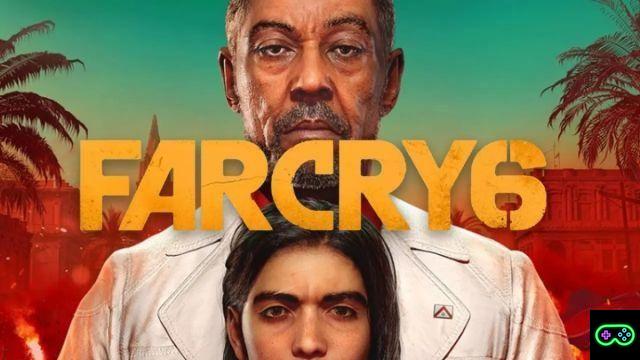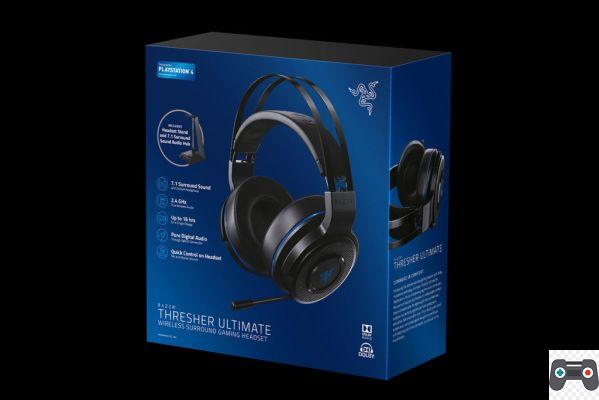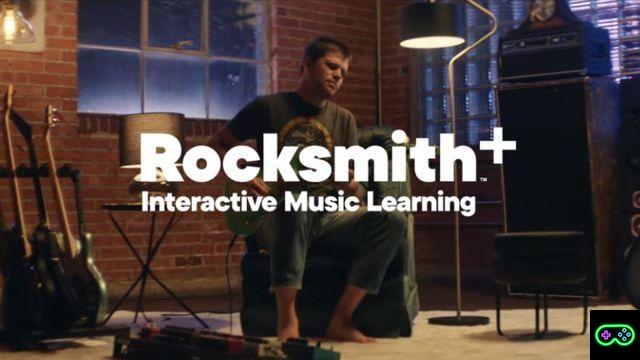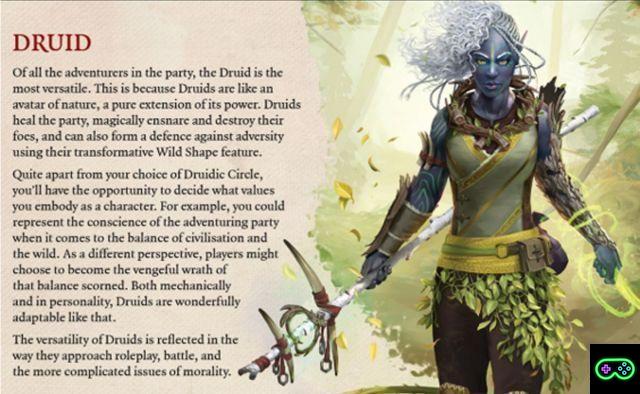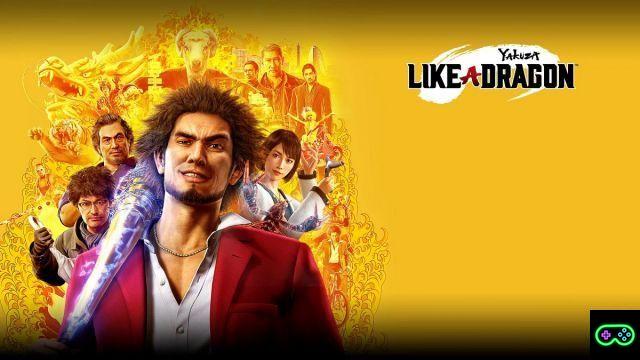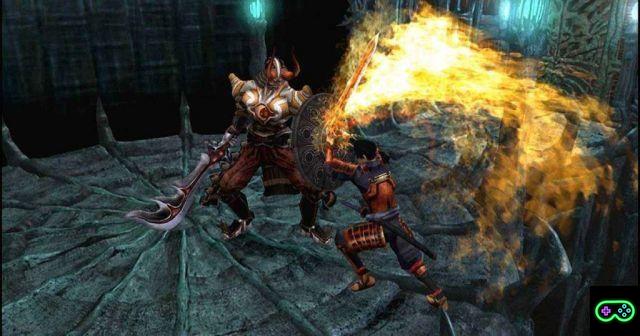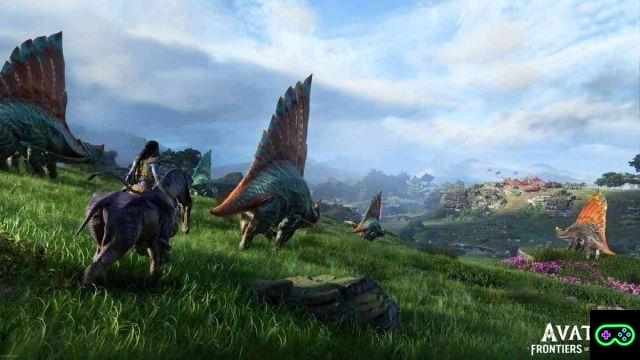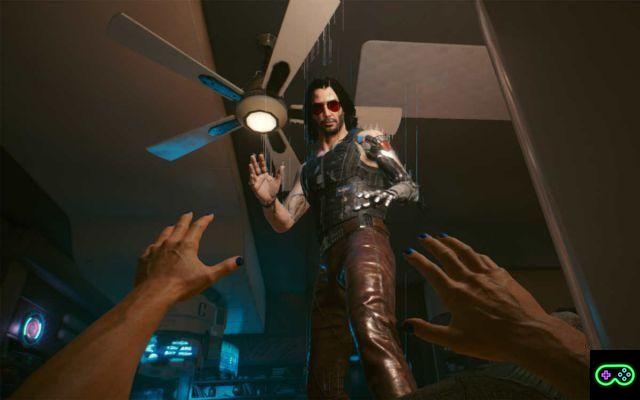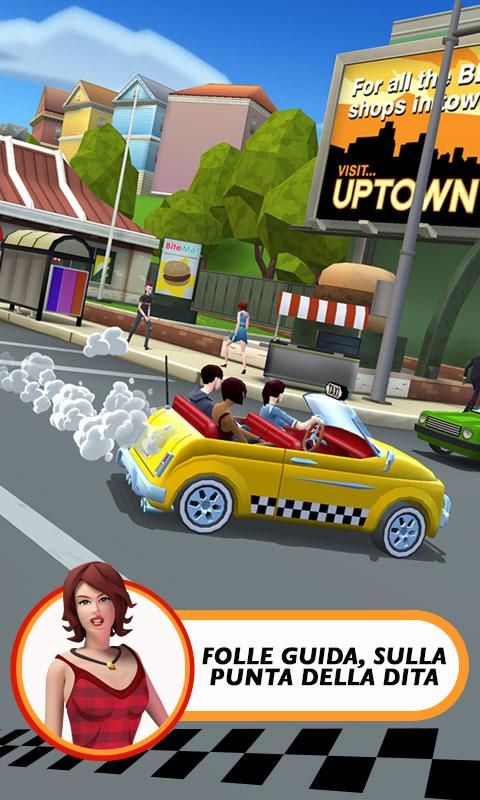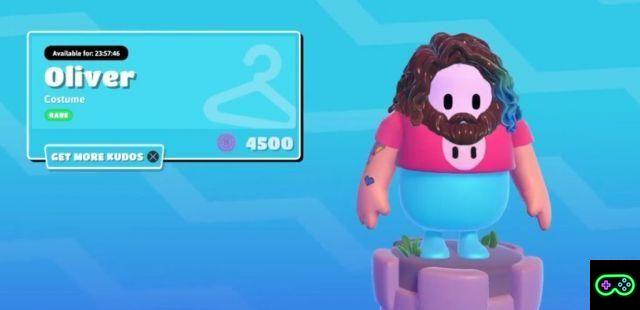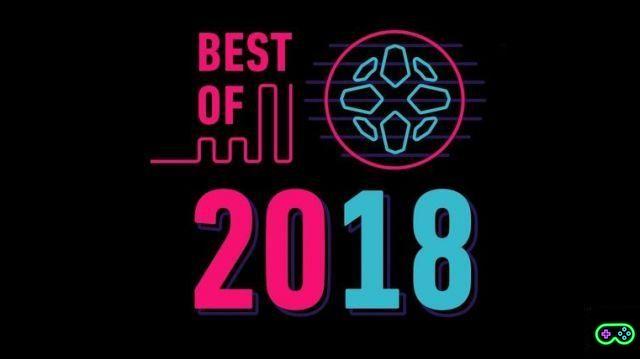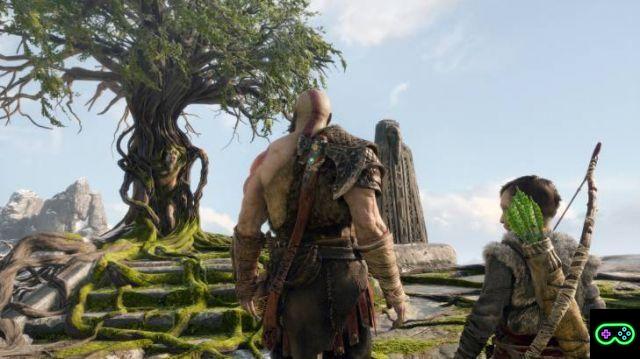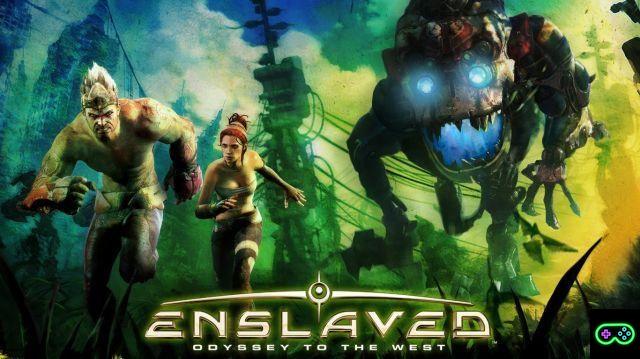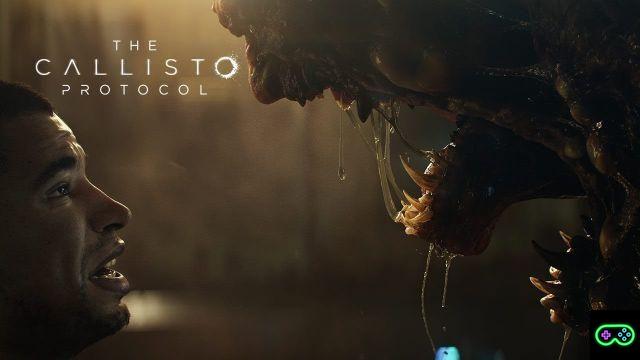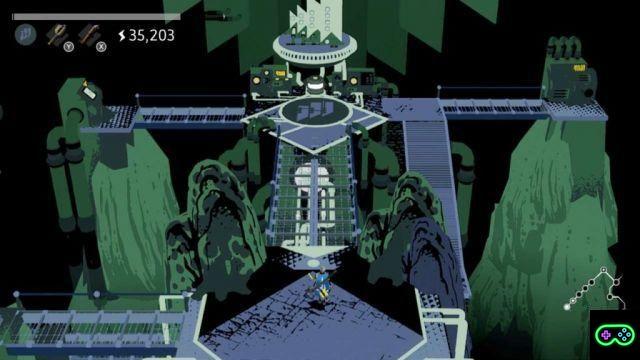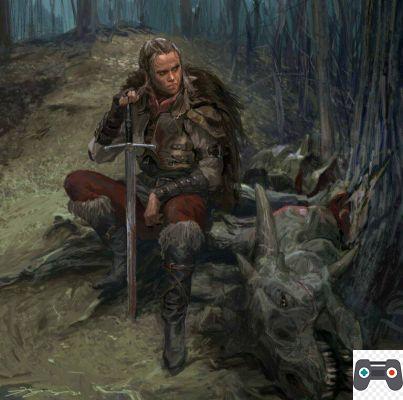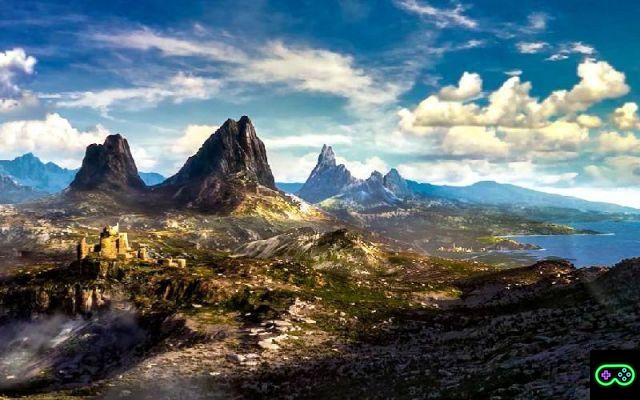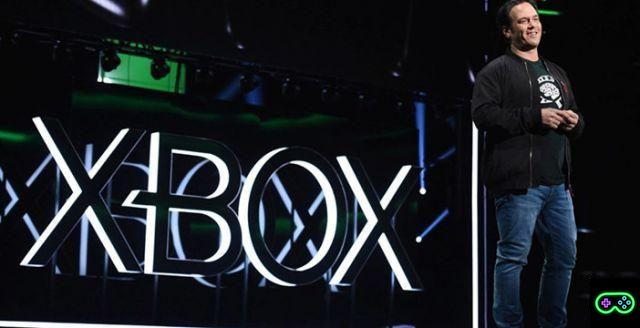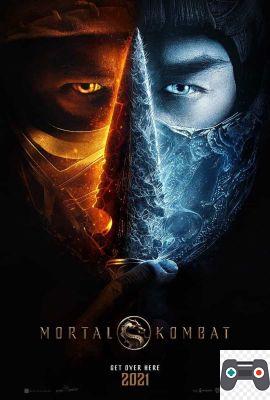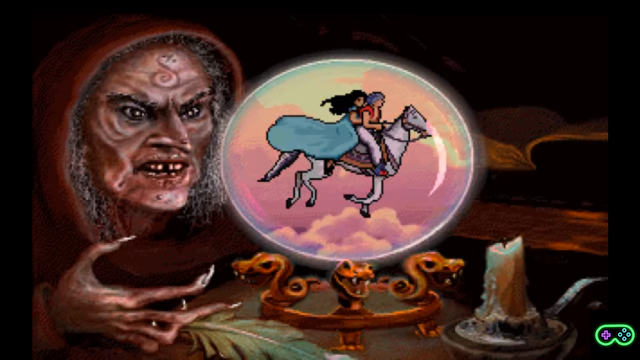The writer has recently reviewed Guilty Gear -STRIVE-.
Let's face it: STRIVE is a big game, one that genuinely risks write some chapter in the history of two-dimensional fighting games.
Risk this because, for the first time in the history of the brand, the software house behind all the good things we see on the screen has taken a big risk reforming the basics of gameplay.
Going from a video game focused on fluid combo systems, with infinite different approaches to the same opening (and a level of difficulty of astral execution) to a title that is more based on the so-called neutral game was a risk that will hopefully pay off.
In the review, in fact, we talked in depth about these playful features, about how Arc System Works has managed to intelligently translate the complicated system of choices that governs the game's tree.
But what we want to talk about today is not so much the gameplay when the technical sector, carrying out a very interesting thesis: Guilty Gear -STRIVE- maybe it won't be the best fighting game ever, mind you, but it sure is one of the best things ever seen on screen in the style of Japanese animation.
For this reason, the hope is that more and more studios will consider the wonder visual created by Arc System Works for then translate it into animated products far from terrible animated cel shading that has infested (and infests) certain Japanese productions.
You could write a whole article just about the historically problematic nature of the third dimension within animal products, really.
The video linked above, made by youtuber Gigguk, shows several examples of three-dimensionality used in a negative way within the animated context.
Yeah, but what does Guilty Gear have to do with it?
Guilty Gear -STRIVE- and the sixth chapter of a fighting game saga born between the nineties and two thousand from Daisuke Ishiwatari, a designer and musician with a passion for video games. Raised on bread and Street Fighter ours found the opportunity to work within Arc System Works, at the time a support software house for several video games made by Sega, Sammy and Banpresto.
After making the illustrations and working on the graphic department of Exector for Playstation 1, a bad third-person shooter released in 1995, Arc System Works decides to listen to a pitch by Ishiwatara for the realization of a very fast two-dimensional fighting game with an incredible look, inspired by both heavy metal music and the Bastard! manga.
After a year and a half of work, thanks to the support of an internal team at ASW called Neo Blood, it arrives on the market the first chapter of Guilty Gear.
A video game immediately intended for a small number of players, very fast thanks to a phenomenal dynamism and with much more hardcore gameplay than the other titles on the market, now almost all delivered to the third dimension (thanks to the great one PlayStation popularity in Japan).
Guilty Gear, the very first chapter of the saga, already featured a high-level spritework that translated the calligraphic goodness of Ishiwatara's design onto the screen pixel by pixel. They are already born there still memorable character designs such as Sold BadGuy, Ki Kiske, Potemkin, Faust and Zato-1, mixing the usual stereotyped wrestlers with a incredibly detailed fantasy world, destined to expand in incredible ways.
For more than ten years, from 1998 until 2012/2013 Guilty Gear has been synonymous with infinite mastery in two-dimensional graphics.
The sprites that animate the fights of Guilty Gear X2 are, to this day, some of the best things ever to happen to the genre two-dimensional fighting games.
Accomplices of the legal problems due to the merger between Sega and Sammy (publisher closely linked with Arc System Works) and a divisive chapter such as Guilty Gear Overture (a kind of single player MOBA for consoles, deserves a separate article) the Guilty Gear brand has been dormant for several years.
That's when Arc System Works, reluctant to sit idle, he brings his two-dimensional workers into a new brand called BlazeBlue, very similar on a playful and thematic level with Guilty Gear but linked to a different personality: that of Toshimici Mori, an Ishikawara underling who arrived at Arc System in 2003.
In 2008 he sees the light BlazeBlue Calamity Trigger, the brand's first video game and once again great example of what can be done with a lot of work, a good budget and high resolution two-dimensional sprites.
This is the starting point for our speech: BlazeBlue Calamity Trigger è the beginning of the end for classic two-dimensional fighting games within the ASW videogame path.
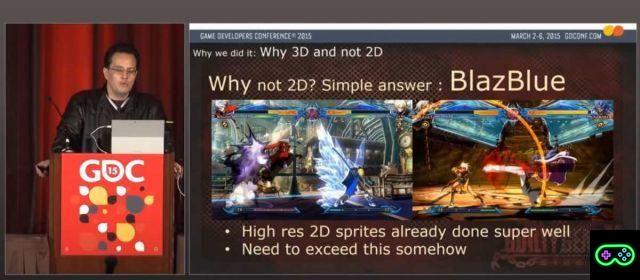
To say it is directly Junya Motomura, the technical lead artist for Arc System World within one splendido GDC talk that we link to you above.
What do you do once you get to the top of a mountain?
Find another to climb.
Cel shaded 3D, better known as "ah but this is 3D !?"
In 2013 Arc System Works publishes the new chapter of the Guilty Gear saga, that is Guilty Gear Xrd, a new beginning for the series for several reasons. First of all because finally the majority of the licenses have returned to their respective creators, allowing you to set up a video game without having to interface with the boring Japanese bureaucracy, secondly because this is the first video game completely made with three-dimensional graphics.
The funniest part of this statement is that Xrd everything seems less than a three-dimensional fighting game. As explained extensively in the talk above, the trick adopted by Arc System is actually a new working method.
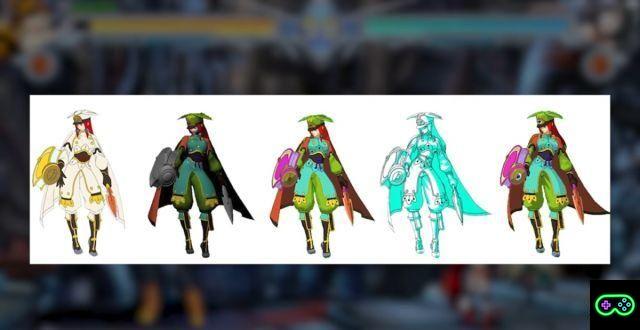
If in Blazeblue o Person 4 Arena the characters were modeled in three dimensions to be used as references for pixel artists here the procedure is longer and more elaborate.
The character is modeled with the idea of being as close as possible to an animated character.
The application of textures goes through a long process of texture mapping, definitely too complicated (go and see the talk to find out more) to explain it with all the trappings here. The last step is instead represented byapplication of shaders on the polygonal model, completely avoiding the application on the model of the character of the lights that instead regulate the setting: in short, no global lightning, in favor of personalized lighting on a case-by-case basis.
This last feature abruptly separates two-dimensional from three-dimensional animation, going to incentivize the Guilty Gear anime look.
The rest of the work is done in the animation.
Arc System Works, to further encourage the feeling of an animated product, instead of using the interpolation between the poses of modern programs for the management of animations, he makes a courageous choice. ASW decides to treat animations more as a series of consequent still images than as normal arcs of motion.
This, combined with a good camera game in less dynamic moments, accentuates even more the sense of being in front of a two-dimensional animated product, also thanks to the wise choice to follow the productive trappings of television animation keeping a frame on the screen for as many seconds as possible without breaking the suspension of disbelief.
The final touch is the imperfections that are added Manually to blow proportions and continue to maintain the two-dimensional anime look to the title. This, without the manual intervention of the animator / model maker, would not be possible given the tendency towards symmetry / perfection given by the programs of the sector.
Going then to break down the animations frame by frame are noticed in many cases exaggerated movements, warping phenomena, perspective distortions and so on and so forth, all to go to keep intact the feeling of having in your hands a product born for the two dimensions.
All these techniques are possible because, unlike the normal models polygonal, Guilty Gear characters have a large number of bones (a technical term from the world of animation) that can be animated which can be distorted according to the animator's preferences.
Next gen level up
We have arrived at 2021 and at Guilty Gear -STRIVE-.
On the shelves of some lucky ones there is also a PlayStation 5 to play with, while the others have to tinker with the old consoles or with more or less performing computers.
Guilty Gear -STRIVE-, compared to the past, does not change the formula with which the graphic system is created, but it puts it at the service of larger and more precise calculation tools.
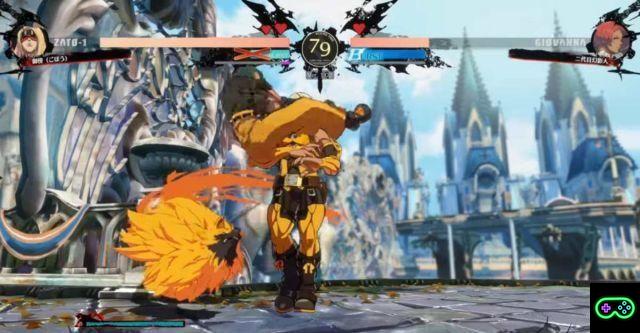
Compared to the past there is certainly a greater use of polygonal backgrounds, with sometimes even elements that are not always beautiful to understand, but the characters are even larger and more detailed.
Compared to Xrd and its revisions, given also the slower gameplay of STRIVE, it is possible to find for the first time some slight camera movements during some moves not necessarily special.
A little subdued, at best, they can be transitions during stages that are almost a bit floaty. This element is good for underlining the identity of the wall break mechanics, linked to a reset of the game rhythm, but it goes a little against the rest of the animation sector, much more dynamic and capable of a great feeling of power.
In this chapter, also given the absence of destroyer moves (the famous moves that oneshottano opponents) there are not even pyrotechnic explosions capable of highlighting the cinematic ambitions of the software house, but it is legitimate to think that there is always time to insert them, also given the various statements on the pandemic difficulties made by the software house in not recent times.
What remains is a visually huge game, especially thanks to the choice of displaying models with gargantuan details and dimensions.
Thanks to these models characters like Leo or Nagoriyuki are even more charismatic than one might think at first glance, also accomplices idle animation even more exaggerated than those seen in previous chapters.
But is there still some work to be done?
All 1600 words written here serve to emphasize a concept: the graphics of Guilty Gear -STRIVE- we loved it and convinced us to want anything done this way.
But there is something that has us convinced much less, which we did not feel like evaluating negatively during the review why irrelevant to the quality of the game
We speak, of course, of the story mode.
Guilty Gear -Strive- has a completely particular story mode devoid of gameplay It's composed by four hours of footage that go to tell the (quite) complex plot of the video game in question.
These videos are made with the same models of the game but, thanks to the complications of the pandemic and the focus of the production elsewhere, they are decidedly uglier than their playful counterparts. Here all the beautiful words spent above leave the time they find because we find ourselves in front of a production that is definitely a bit so from a visual point of view, which at times could make our dear Gigguk scream a little more Bad CG.
The reasons why the production quality of story mode is this they can be multiple: the focus of the product was clearly elsewhere, the Coronavirus pandemic has left (and is leaving) deep scars within the Japanese business world, there was no physically intention to make an animated product within a high quality video game for the price at which it is sold etc etc.
Let's make sure that at the next Guilty Gear we can do everything with the same production quality, okay?
Love: The editor who managed to die 15 times against Nagoriyuki before managing to take him down using Faust.




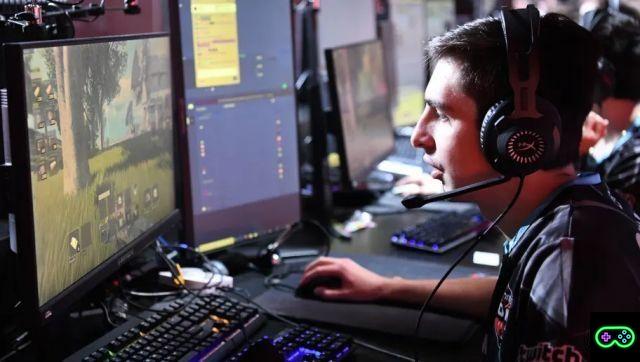
![[The Bear's Lair] God of War: Betrayal and Greek mythology](/images/posts/17432d3b12ecfec44b0b855d20c7520f-0.jpg)
